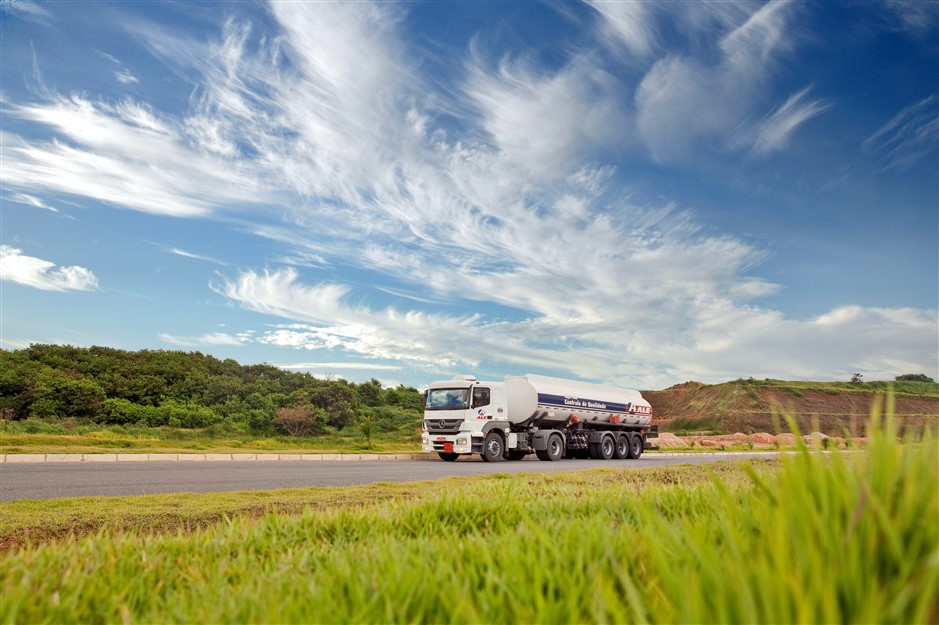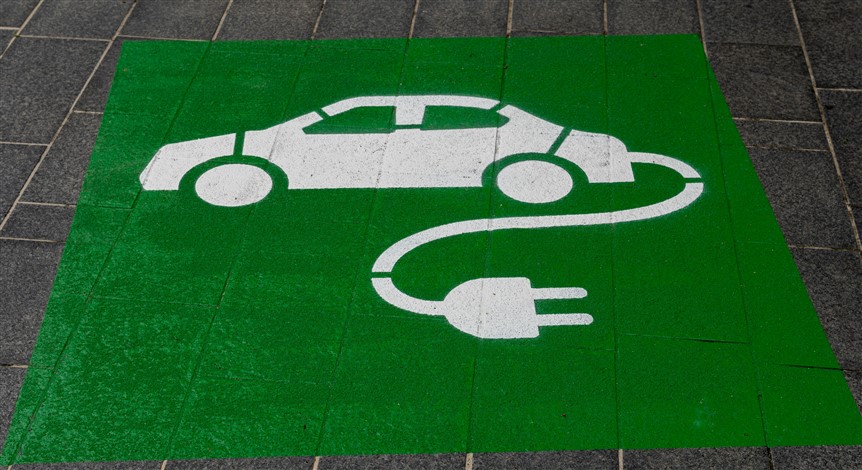At first glance, the Energy and Transport sectors appear to be made for each other. Look closer and there are major obstacles to making anything more than a marriage of convenience
Integrating our energy and transport systems involves overcoming numerous business, commercial and technical challenges. Paradoxically, neither segment is set up to meet the needs of the other. Each has a strong instinct for where the boundaries between them lie. As such, the greater barrier to combining these fields is cultural.
Energy and Transport
‘Transport Energy’ is both what we use to power our transportation systems and the way we use it. How this is done affects the UK in three areas; environmental, economic and energy security, which converge on each other, often acting in opposition.
Between 1970 and 2014, air and road transport helped the UK double its consumption of Transport Energy to 54.2 million tonnes of oil equivalent (Mtoe), 38% of the country’s total energy consumption. The figure climbed to 57 Mtoe between 2014 and 2017. Two thirds of which was consumed by road transport. Nearly two thirds of the road transport volume was used by passenger transport (mostly cars).

Fuel Tanker on a road in Brazil Source: Ale Transportes on Unsplash
Engineering Transport Energy Systems
Electrification is seen as the key to decarbonising transport. This depends on investment in energy and transport infrastructure programmes alongside the development of complementary and alternative technologies and approaches.
Energy and transport are separate industries. They are traditionally integrated through:
- The user at the point of use,
- Commercial service agreements
- Technical product standards and regulations which regulate connection and refuelling
There is a chance energy infrastructure will be unable to meet all future transport demands all the time, especially if investment falls behind demand. The result will be supply restrictions, cost increases or both.
Inducements
Systems engineering (SE) can help reduce demand for transport energy by nudging travel options and choices toward a sustainable planet. Operational integration is one way to close the gap between energy supply and transport demand.
Predictive elements of traffic and travel will need to be combined with incentive schemes to influence transport choices, recharge timing or speed of travel. This could work in bus services, for example, with passengers offered perks and benefits to counter the negative effects of energy-induced service constraints.
This type of approach will involve data sharing between sectors, organisations, service providers and customers. It will require a SE approach to establish the aims and objectives of transport/energy integration to establish requirements, functions and delivery mechanisms. The complexity brought by the needs of multiple stakeholders, some of which will conflict, will also demand an SE approach.
Delivering integrated systems, functions and services to influence travel decisions and restrain low-air-quality travel will require active systems engineering involvement.
This will be achieved by sharing data on real- time and predictive environmental conditions, air quality, journey plans, vehicle/energy types and dynamic traffic/travel constraint interventions.
Systems Engineering will enable operational flexibility to be built into the energy and transport infrastructure by inducing travellers to select travel modes or times that are less sensitive to energy infrastructure constraints. Using SE to deliver operational improvements to reduce energy usage will provide efficiency savings to industry.
Electrifying SE
Systems engineering has a pivotal role in making the necessary changes to reduce carbon and other toxic emissions contributing to climate change. This can be achieved mostly through electrification. The catch is that the electrical supply infrastructure is unlikely to meet the full demand for Transport Energy Integration all the time, particularly while we transition to electrified travel. SE will be essential in creating the facilities and functions needed to manage demand by guiding the travelling public to make different modal or timing choices for their journeys. Alternatively, real-time Transport Energy demand predictions will be needed to manage energy demand.

Source: Michael Marais on Unsplash
Avoiding Traffic Jams
Focusing on road-based public transport; electric bus systems (including very light rail) are commonly operated using specific duty cycles and their recharging infrastructure is designed to be compatible with the vehicles, the routes and service performance. Buses are recharged overnight at the depot during dwell times at stops and turnarounds. This makes electric bus service energy demands generally predictable, but dependent on traffic conditions.
There will be times when transport energy demands and energy availability will be misaligned. This may be due to excessive demand (due, for example, to weather, events, engineering / maintenance), or to energy infrastructure challenges (faults, loss of generating capacity, limited distribution capacity or competing energy demands (heating)).
These asymmetries in transport energy provision and demand could be overcome in the longer term through improved infrastructure. The challenge for SE is to fill the gap in the short term until energy infrastructure investment can catch up and/or to provide operational solutions that avoid the need for expensive solutions and supply constraints. This will be dependent on data sharing between transport and energy service providers, which requires a SE approach to deliver.
Share your thoughts!
It is said neither the transport nor energy sectors are set up to take account of each other’s needs. How far are we from achieving closer integration? What can be done to bring them closer to each other? Is it even necessary?
What role will Systems Engineering play in creating the facilities and functions needed to manage the demand for travel?
How can we ensure the availability of clean transport energy meets the demand for travel?
#thewholesystem
-

Stephen Powley
-
Cancel
-
Vote Up
0
Vote Down
-
-
Sign in to reply
-
More
-
Cancel
Comment-

Stephen Powley
-
Cancel
-
Vote Up
0
Vote Down
-
-
Sign in to reply
-
More
-
Cancel
Children